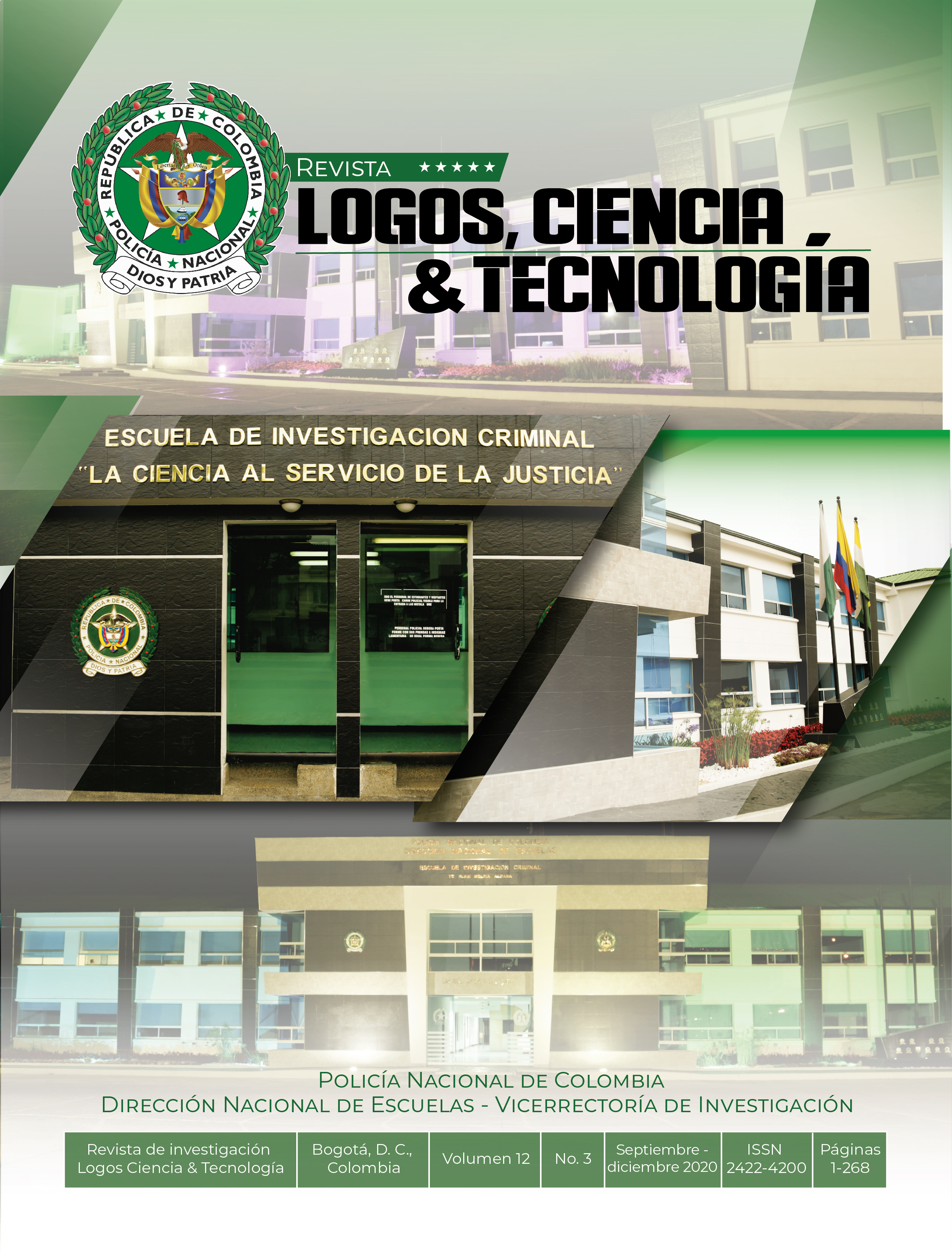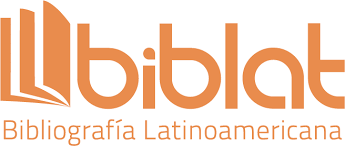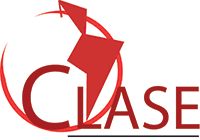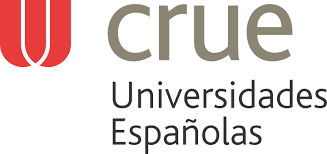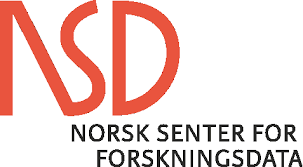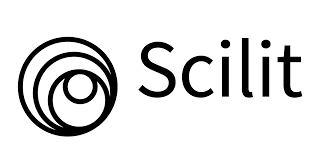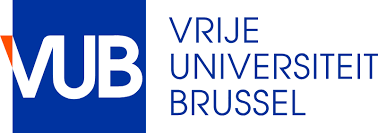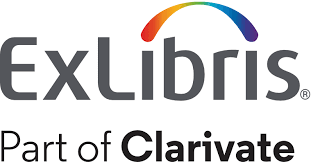Leadership from the perspective of the Police Educational Internationalization Network
DOI:
https://doi.org/10.22335/rlct.v12i3.1186Keywords:
Cooperation, Training, Integration, Leadership, PoliceAbstract
This article summarizes fundamental aspects for the Police Educational Internationalization Network (RINEP) - a collegiate body that connects the police educational systems and their security counterparts – given that researchers from different countries joined together with the purpose of designing a training proposal in police leadership based on the analysis of particularities and styles, as well as the identification of differences and similarities in the exercise of leadership, as a contribution to the cooperation and integration strategies of police force members in the network. Methodologically, the study is circumscribed in a descriptive approach with a qualitative analysis and a hermeneutical triangulation process for the definition of categories and information analysis. Through the results obtained typologies were established in regards to the exercise of leadership, understandings and dissimilar conceptualizations, as well as the priority of police leadership training processes; circumstances that denoted the need to consolidate a proposal based on investigative exercise and academic expectations, based on the International Diploma in Police Leadership as a scenario that contributes to the professionalization
of the police service for the benefit of security and citizen coexistence in each country.
Downloads
References
Avolio, B., & Bass, B. (2004). Multifactor leadership questionnaire. Mind Garden.
Bardin, L. (2002). Análisis de contenido (3ª ed.). Akal Ediciones.
Bass, B. (1985). Leadership and performance beyond expectations. The Free Press.
Bass, B. M., & Avolio, B. (1993). Transformational leadership and organizational culture. Public Administration Quarterly, 17(1), 112-121.
Bennis, W., & Nanus, B. (1985). Leaders: the strategies for taking charge. Harper & Row.
Cisterna, F. (2005). Categorización y triangulación como procesos de validación del conocimiento en investigación cualitativa. Theoria, 14(1), 61-71.
Espinoza-Parra, S., Molero, F., & Fuster-Ruiz de Apodaca, M. J. (2015). Transformational leadership and job satisfaction of police officers (carabineros) in Chile: the mediating effects of group identification and work engagement. Revista de Psicologia Social, 30(3), 439-467.
Flynn, E. A., & Herrington, V. (2015). Toward a profession of police leadership. New perspectives in policing bulletin. U.S. Department of Justice, National Institute of Justice. https://www.ncjrs.gov/pdffiles1/nij/248573.pdf
Goodrick, D. (2014). Estudios de caso comparativos, síntesis metodológicas: evaluación de impacto N. º 9. Centro de Investigaciones de Unicef. https://www.unicef-irc.org/publications/pdf/MB9ES.pdf
Hernández, R., Fernández, C., & Baptista, P. (2014). Metodología de la investigación (6ª ed.) McGraw-Hill.
Hersey, P., & Blanchard, K. H. (1967). Liderazgo situacional. http://www.metamanagers.com/documents/Liderazgo_Situacional.pdf
Hoggett, J., Redford, P., Toher, D., & White, P. (2018) Challenges for police leadership: identity, experience, legitimcy and direct entry.
Lewin, K., Lippitt, R., & White, R. (1939). Patterns of aggressive behavior in experimentally created “social climates”. The Journal of Social Psychology, 10(2), 269-308. https://doi.org/10.1080/00224545.1939.9713366
Nieto, J. H., Nieto, J. C., & Moreno, J. (2018). Modelo holístico de liderazgo policial. Revista Logos Ciencia & Tecnología, 10(2), 90-110. https://doi.org/10.22335/rlct.v10i2.551
OCDE (Organización para la Cooperación y Desarrollo Económico). (2008). Education at a glance. OECD Indicators.
Paz, A. (2009). El policía, líder de la comunidad para el logro de la convivencia y seguridad ciudadana. Universidad de la Sabana.
Pedraza, L., Villamizar, A., & Ortíz, Z. (2015). Desafíos del proceso de construcción de paz para la Policía Nacional de Colombia. Revista Criminalidad, 57(3), 135-148.
Rangel, P. R. (2015). Liderazgo policial. Para la formación del funcionario del siglo XXI. https://latinamerica.hss.de/fileadmin/user_upload/Projects_HSS/Latin_America/Migration-230607/Liderazgo_Policial.pdf
Reddin, W. J. (1983). Management effectiveness and style individual or situation. University of New Brunswick.
Sánchez, J. F. (2010). Liderazgo: teorías y aplicaciones. Universidad Pontificia de Salamanca.
Unesco (Organización de las Naciones Unidas para la Educación, la Ciencia y la Cultura), & OIE (Oficina Internacional de Educación). (1998). Conferencia Mundial sobre la Educación Superior. La educación superior en el siglo XXI. Tomo I-Informe final.
UNODC (United Nations Office on Drugs and Crime). (2011). Handbook on police accountability oversight and integrity. Criminal Justice Handbook Series. https://www.unodc.org/pdf/criminal_justice/Handbook_on_police_Accountability_Oversight_and_Integrity.pdf
Yukl, G., & Falbe, C. M. (1991). The importance of different power sources in downward and lateral relations. Journal of Applied Psychology, 76, 416-423.
Yukl, G., & Fleet, D. D. van. (1992). Theory and research in organizations. En M. D. Dunnette, & L. M. Hough (Eds.), Handbook of industrial and organizational psychology (2a ed., Vol. 3, pp. 147-197). Consulting Psychologists Press.
Zanini, M., Conceicao, M., & Migueles, C. (2018). Uma análise dos antecedentes da confiança no líder numa unidade policial de operações especiais. Revista de Administración Pública, 52(3). 451-468. https://doi.org/10.1590/0034-7612167811
Zanini, M., Migueles, C., & Colmerauer, M. (2014). A ponta da lança. Editora Elsevier.
Zaleznik, A. (1977). Managers and leaders: are they different? Harvard Business Review, 55(3), 67-78.
Downloads
Published
Issue
Section
License
Copyright (c) 2020 Revista Logos Ciencia & Tecnología Journal

This work is licensed under a Creative Commons Attribution 4.0 International License.
This journal provides free and immediate access to its content (https://creativecommons.org/licenses/by/4.0/legalcode#languages), under the principle that making research available to the public free of charge supports greater global knowledge exchange. This means that the authors transfer the Copyrights to the journal, so that the material can be copied and distributed by any means, as long as the authors’ recognition is maintained, and the articles are not commercially used or modified in any way.
